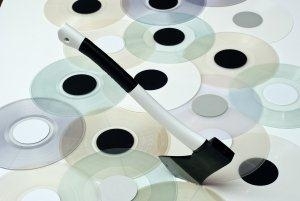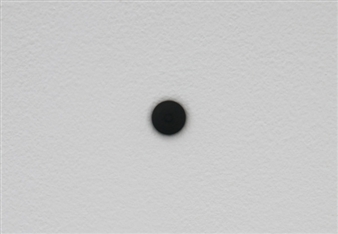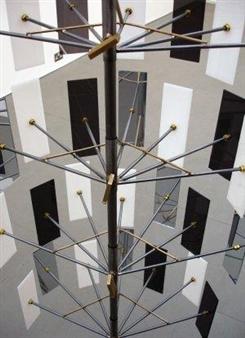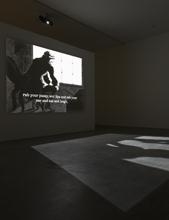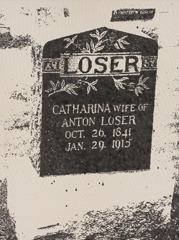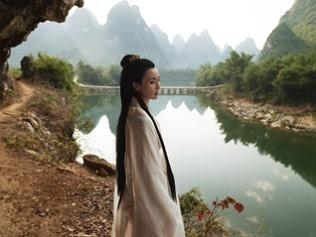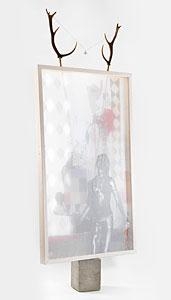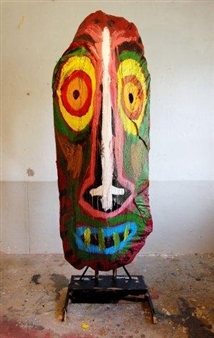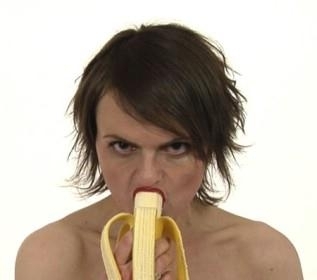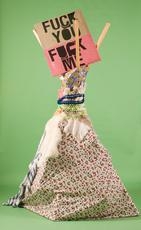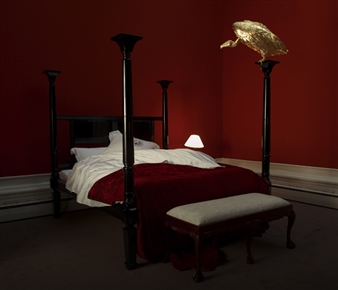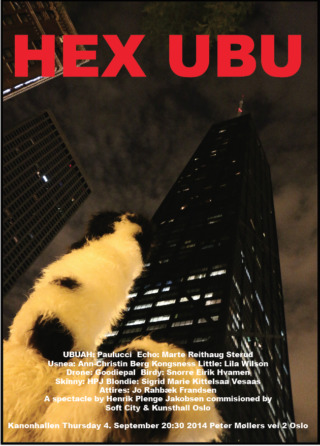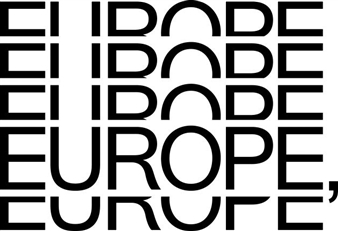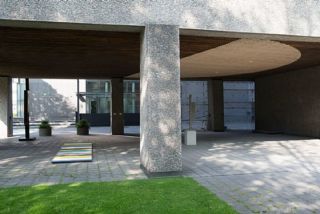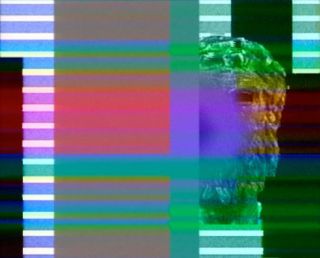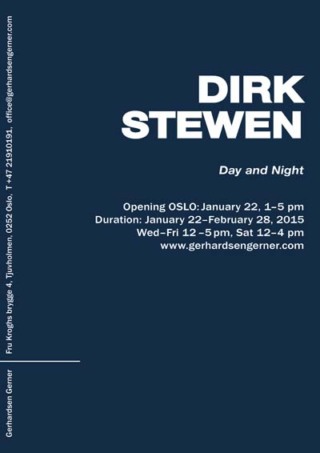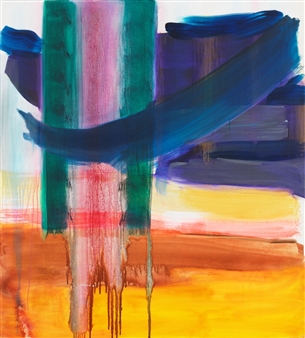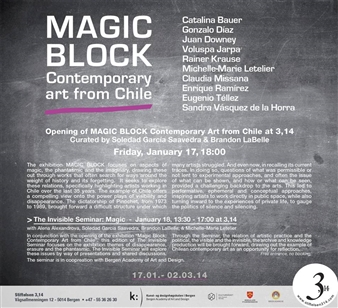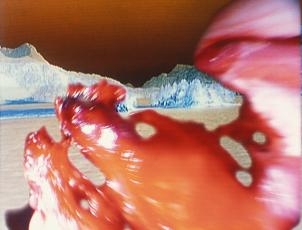another land...and in the other, our own
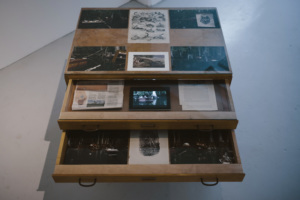
Prosjektrom Normanns, Rogaland, Stavanger, 05/29/2015 - 06/29/2015
Erfjordgata 8, 4014 Stavanger
APT artist DANA LEVY (ISR), PATRICIA L.CORCORAN (CAN)/TORKWASE DYSON (USA)/KELLY JAZVAC (CAN)/MATTHEW JENSEN (USA)/ RICHARD M. (-)/CLAUDIA MULLER (CHI)/LEAH RAINTREE (USA) / CURATED BY IAN COFRE (NY)
an other land…and in the other, our own is a group exhibition of eight artists and one geologist curated by Ian Cofre at Prosjektrom Normanns. Inspired by Timothy Morton’s writings on Object Oriented Ontology and Speculative Realism, the exhibition explores “dark ecology” through the performative actions of the participating artists. The gestures staged by these individuals, whose practices are ongoing engagements with their environments, implicate them into the landscape, and collapse this sense of Nature, over there, separated from, and subject to mastery by humanity. They are explorations of the Other through a mix of human-scale actions with practical and impractical applications, a collection of seemingly empty gestures ladened with symbolic and historical significance.
The Octavio Paz quote that gives the exhibition its title speaks to a double consciousness, to borrow W. E. B. DuBois’s terminology, that operates behind a perspective known to Latin Americans, as well as African-Americans, and any person trying to negotiate, or synthesize a self-identification that vacillates between micro and macro scales that exist in contradiction. As an archaeology of our selves, the exhibition attempts to bracket, compress, and highlight a specific historical period of exchange between Northern Europe and the Americas, started by the arrival of Scandinavian sailors on American soil (documented as early as the tenth century) and an indeterminate future. Despite the melancholy and funereal tone that pervades the exhibition, there is a dark optimism at play in which our era represents an inflection point that is less of the last of a line of lasts and, instead, the way forward.
Torkwase Dyson presents two series of works, the performative Crawl (William Pope L.) and paintings from her Elmina series. Located in the West African country of Ghana, Elmina Castle is the fortified structure where Africans were held before transport in the middle passage to slavery in the Americas between 1637 and 1814. The works conflate the visual language of architecture and landscape architecture and minimal geometric abstraction to re-imagine the landform of this historical site.
William Lamson presents one part of his Hydrologies series, which intend “to engage the material agency of an ecological system and its geologic and cultural history.” For Hydrologies (Atacama), the artist constructed a machine from off-the-shelf materials for careful distribution of water over an area in order to irrigate strips of the Atacama desert in the north of Chile in hopes of replicating the climate phenomenon of the ‘flowering desert.’ After months of preparation and scientific assessments, Lamson’s DIY irrigation structure is seen in this video engaged in what he describes as “[t]he slow procession back and forth to awaken dormant seeds[, which] felt like a ritual, preparing the earth for a resurrection – a funeral in reverse.” Instead of the grand, aesthetic gesture that Lamson expected, of a “dense and highly visible line of flowers,” tiny Cristaria and Cryptantha seedlings appeared, visible only upon close examination of the rocky soil throughout the irrigated areas.
Claudia Müller’s video, Salto Al Vacio, presents an idyllic reflection of nature on what appears to be a thin film of water. It soon dissipates into an abstract, unplaceable torrent that is eerily bodily and internal. The action repeats and then loops infinitely, alternately indulging the mediated pastoral and then collapsing into the beckoning tunnel to some other unknown side.
The objects contributed by Richard M. include a concrete splinter that belongs to the Schwerbelastungskörper, the huge cylindrical mass built in Berlin, Germany by Albert Speer as a test for a triumphal arc that was never built. The brick comes form the site where Wittgenstein built his own cabin at the bottom of the Sognefjord in Norway. The composition stages the two constructive elements as fetish avatars of two of the most influential intellectuals of the 20th century. The piece is catalog number RM_030 and its title is L. Wittgenstein (back) talks with A. Speer (front) about Materiality, Solitude and Feticism.
The accompanying categories of fossil records that will emerge to define the Anthropocene era—the geological era marked by humanity’s impact—are essential and one of its most compelling aspects. Patricia L. Corcoran and Kelly Jazvac are artistic-scientific collaborators in the new mineral classification known as Plastiglomerate. Samples of the stones, fused with plastic detritus through human-made bonfires on a remote beach in the Hawaiian Islands, are on display, along with the peer-reviewed paper that designated the naming and descriptors of the mineral, published in the Geological Society of America’s GSA Today.
The past, present, and future geological record are also sites for the investigations by Matthew Jensen, Dana Levy, and Leah Raintree. Matthew Jensen’s Cleaning a Glacial Pothole is a collaborative video with artist Brandon Neubauer that documents the quiet and tender act of removing water, stones, and leaves in order to restore a geological site hidden in an urban park. Dana Levy’s installation Emerging from the Swamp is a cabinet where the collated photographs, documents, news clippings, and a short video mix fact and fiction to enhance the slippage of memory and history through objects. Finally, Leah Raintree’s Another Landexpands the timeline and space of observation through rock samples that mimic the impacts of glacial retreat and the Rosetta Space Probe’s images of Comet 67P. In her own description, the decontextualized documentation “exploits the ambiguity of impact, authorship and mark-making within geologic time, imagining distributed agencies that blur the categories of ‘natural’ and ‘man-made.’”
For More Information
